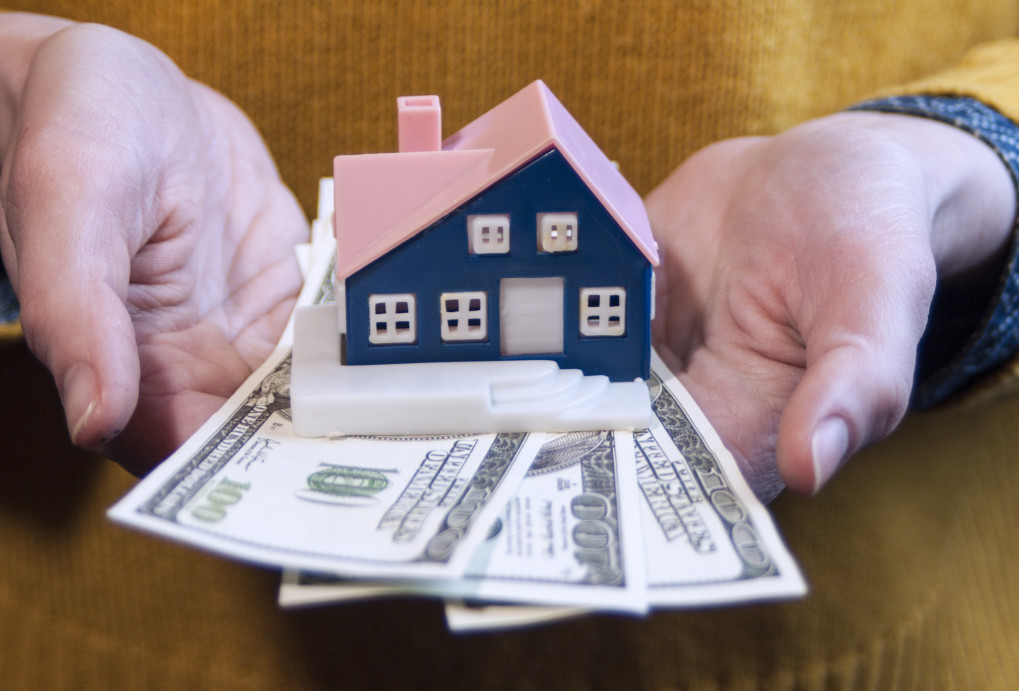Do house prices drop during Stagflation?
Stagflation is often characterized by high inflation, and real estate is a good way of storing value. This asset has traditionally been more effective than stocks and bonds in the long term. Inflation causes the cost of raw materials, goods, or labor to rise, meaning that there will be more expensive homes on the market. Property pegged at a fixed-rate mortgage is safer because it is immune to inflation. The price for homes often appreciates as time passes, while the mortgage prices remain the same. Consumers without a fixed-rate mortgage will have to pay a higher home fee. Real estate owners who buy homes with mortgages will gain value through the high inflation experienced during Stagflation. It also allows homeowners to charge higher rentals regardless of the stagnating economy. A higher valuation in inflation-adjusted terms may stagnate at first, but after five years, the home will return to its actual market value.
You can therefore consider real estate to be a good hedge against inflation. Theoretically, if other factors remain equal, the prices of homes will rise during inflation. Payments for the rent on commercial properties will often increase, causing product prices to cost more nationwide. This feature occurs because lease renewals or rent reviews are structured to allow rent to be pegged at the market rate. The contracts often feature explicit annual indexation of rents that provide for inflation or pre-set step-ups. During Stagflation, it is also likely that maintenance costs will increase. The owner will often seek to protect their net income by passing this burden onto the tenant.

There is a strong link between inflation and rental income growth. Owners typically influence their decision based on the demand for homes in the area. The market’s balance of supply and demand will lead to owners determining rent based on demand pull. Higher demand is often common in times of strong economic growth; however, you would expect the cost of homes to drop in a stagnating economy. If the economy is experiencing “cost-push” inflation, it becomes difficult for owners to raise home prices. Without an associated increase in demand, it is common for the relationship to vary between countries and property types. During Stagflation, there are general distortions to the property cycle. Ideally, real estate prices will keep pace with inflation over time.
How does Stagflation affect real estate?
During periods of Stagflation, building contractors will continue to expand their construction of homes to meet consumer demand. The need for real estate is constantly increasing, given a more significant population. Stagflation doesn’t decrease demand for homes; however, it causes supply to stagnate and reduces the affordability of completed houses. The physical number of completed buildings slows down because of the high cost of construction and persistent supply chain problems. Its a disadvantage for contractors and potential homeowners; however, it is an advantage for existing homeowners. These variables mean that their homes are in greater demand and will appreciate.
The global economy is believed to be approaching a period of Stagflation. Within the U.S., real estate prices have skyrocketed by over 18.8% during 2021. This figure is reported by the Case-Shiller U.S. National Home Price Index, which illustrates the damaging effects of the Covid 19 pandemic. The increase in real-estate prices was coupled with a decreased residential fixed investment for successive quarters. Real-estate contractors will seek to maximize profits by building more homes; however, the housing supply chain will be distorted and seasonally adjusted. To combat this problem, it is likely that the Federal Reserve will restrict credit or raise mortgage rates as a method of curbing the demand for real estate. This method will help curb rising home prices. The introduction of fiscal policy to curb the money supply in the economy can have the effect of putting the country in a recession.
It is estimated that 65% of American households own their homes. Middle-class consumers often look to home equity to successfully store wealth.
An inflationary economy will cause dysfunction in the real estate market. When the housing market experiences Stagflation, many homeowners increase their rentals to match inflation rates. It can be a vicious cycle for tenants whose wages are often eroded by inflation. This problem can turn into a relentless wealth-generation machine.

Stagflation housing market 2022
The inflation that comes with Stagflation is related to the interest rates in the country. Consumers looking to purchase a home in 2022 are significantly affected by the money supply in the economy. There are fewer prospective home buyers as the government attempts to slow down inflation. Given the effects of the Covid 19 pandemic, many building materials have increased in cost while wages have remained constant. This feature makes it difficult for new homes to be priced affordably. The supply bottlenecks facing the U.S. housing market mean that raw materials and labor are more expensive.
Commercial real estate during Stagflation
Commercial real-estate owners will often take advantage of inflation to raise their rentals. Corporations using commercial real estate will then transfer the extra costs to their customers. The increase in raw materials across the country will lead to higher maintenance costs. These costs directly translate to a more expensive piece of property. Potential commercial tenants may consider purchasing the real estate instead of renting it to mitigate the high inflation experienced during Stagflation. Increased demand will mean current landowners will see an increase in value due to improved demand.
What happens to interest rates during Stagflation
The Federal Reserve will often try to reign in inflation by increasing interest rates. Higher interest rates mean less money supply in the economy. Consumers and businesses are unlikely to borrow when the interest payments are high. This measure leads to reduced economic spending and can cause a recession.
Real estate prices in the 70s
The average cost of a home in the 1970s ranged from $23,000 to $55,700. The U.S. economy stagnated at this time, with prices increasing annually by 9.9%.







































